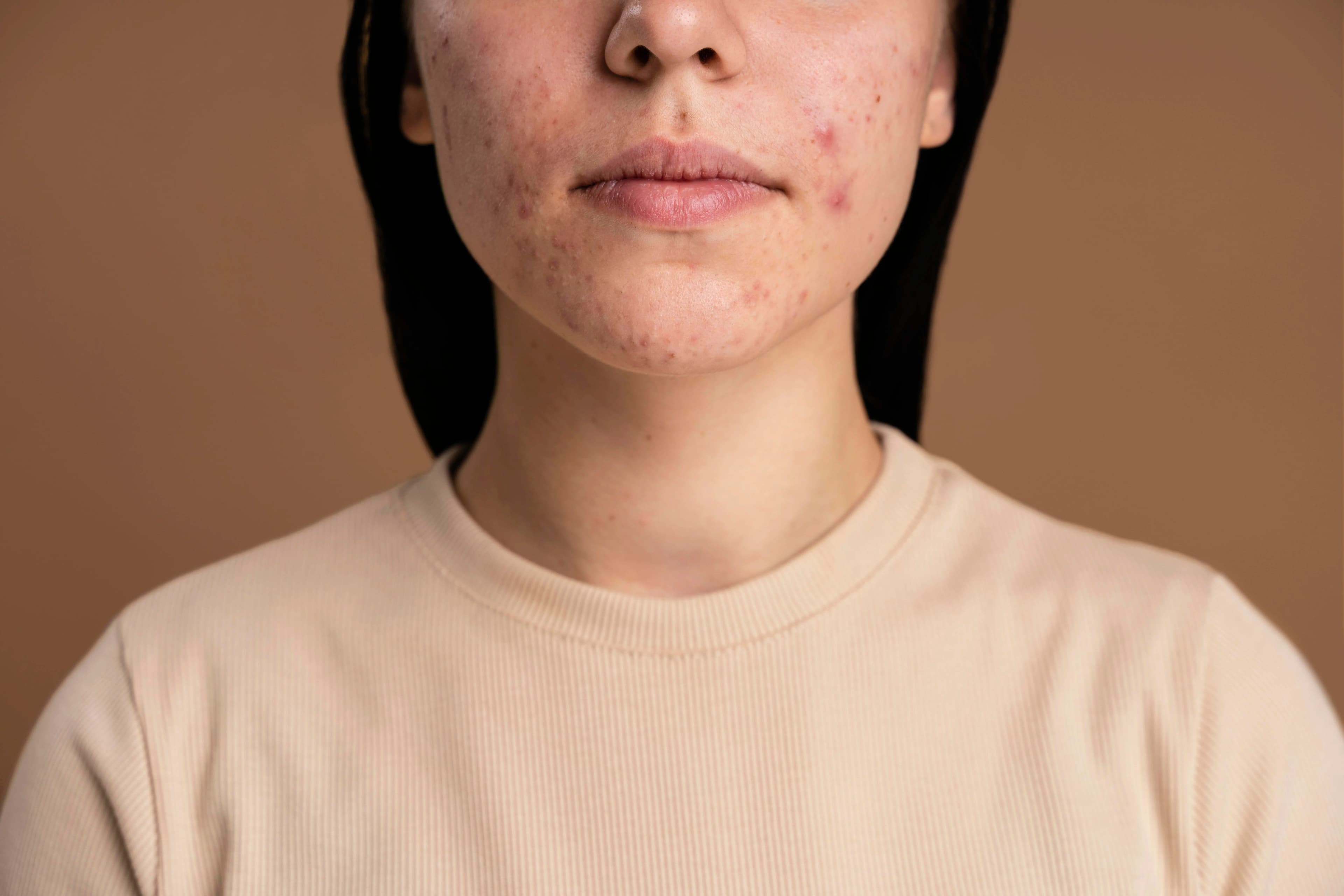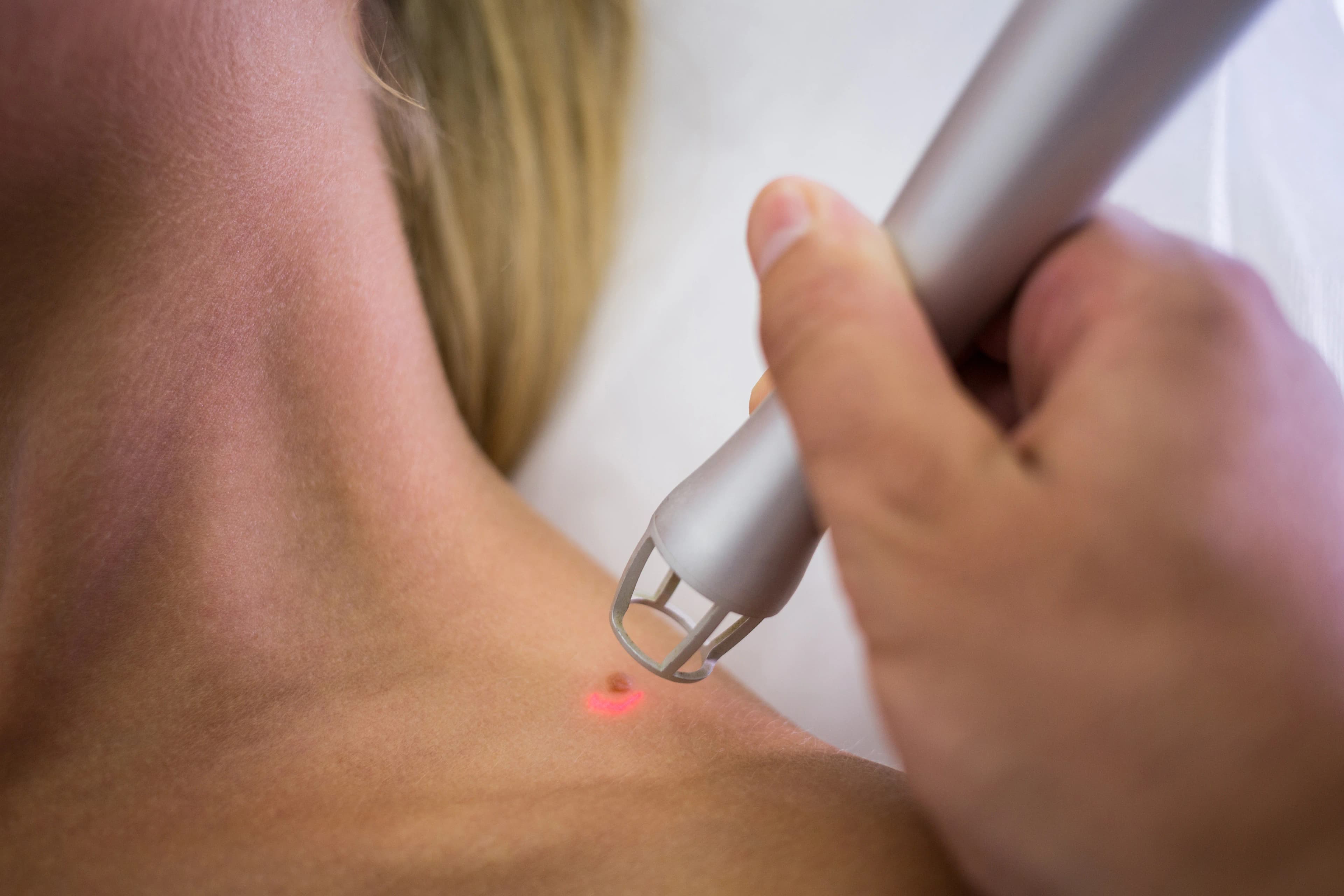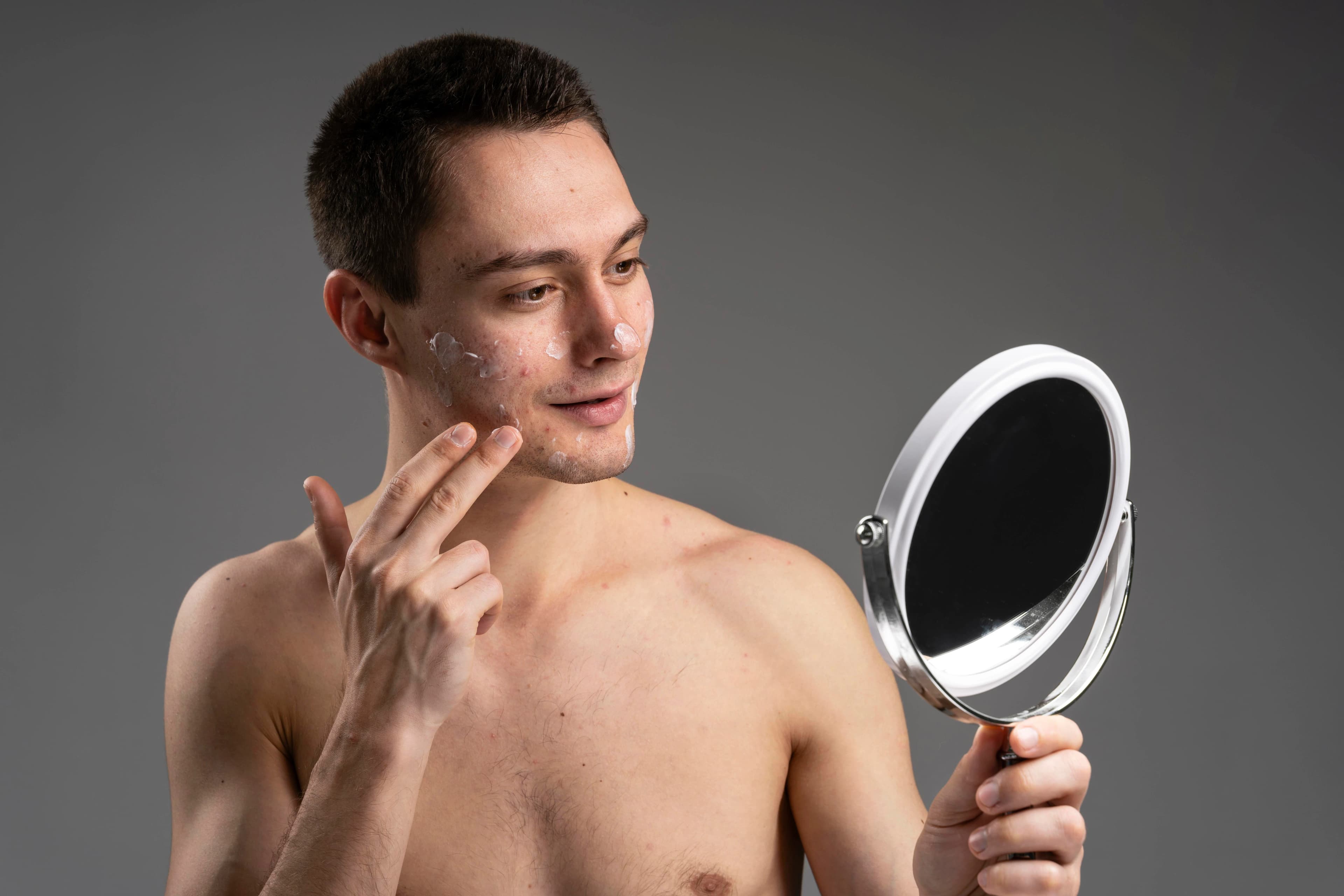Dermatologists diagnose and treat conditions affecting your hair, skin, and nails. They also treat conditions that affect mucous membranes, or the delicate tissue that lines your nose, mouth, and eyelids. The skin is your body’s largest organ. Which contains nerve endings, sweat glands, hair follicles, pores, blood vessels, and many other structures. Caring for it is important to your overall health.
What is a dermatologist?
Your skin is what protects you from heat, cold, germs, and dangerous substances. It can also be a great indicator of your overall health since any changes in the color or feel of your skin can be a sign of a medical problem. Your dermatologist has expertise in the care of:
Skin
Hair
Nails
Other than diagnosing and treating diseases, they can manage cosmetic disorders, including hair loss and scars.

What are the areas of a dermatologist's work?
There are three main areas that dermatologists' work:
Medical: Your dermatologist can diagnose and treat conditions affecting your skin, including plaque psoriasis, rosacea, and acne. Your doctor can also identify symptoms on your skin that could be signs of other health conditions.
Surgery: Many dermatologists do minor surgery, like removing moles or warts or doing skin biopsies. While other dermatologists specialize in extensive surgeries such as removing benign cysts or skin cancer.
Cosmetic: A dermatologist can treat skin issues that affect your appearance, including hair loss, dark spots, or wrinkles. There are many dermatologists trained to administer cosmetic treatments which include fillers, chemical peels, and laser hair removal.

What types of conditions do dermatologists treat?
Dermatologists can treat thousands of conditions that affect your skin, hair, or nails, including:
Acne: Based on the severity of your acne, a dermatologist can treat this condition with topical treatments, medication, lasers, or other light therapies, chemical peels, or by removing large cysts.
Skin cancer: Skin cancer can occur anywhere in your body. A dermatologist can remove cancer cells and monitor you to make sure it doesn’t return.
Dermatitis: Dermatitis encompasses several types of skin conditions that cause inflammation and irritation. This may include eczema, cradle cap, and allergic reactions.
Infections: Viruses, bacteria, fungi, and parasites can all find their way into your skin and cause a variety of skin infections. A dermatologist can help diagnose the cause of infections and prescribe treatment.
Hair loss: Hair loss may be caused by hereditary baldness. Conditions like stress, illness, and hormonal changes may also impact hair loss. A dermatologist can determine the underlying cause and help treat it if possible.
Nail problems: Spots, discoloration, and nail separation are common nail issues that are treated by dermatologists.

What types of procedures do dermatologists do?
Dermatologists can perform a wide variety of procedures, from minor ones like skin tag removal to more involved ones, like skin cancer surgery. Some of the most common procedures are:
Biopsies: A dermatologist can perform different types of biopsy procedures to diagnose or rule out skin cancer or other conditions.
Laser therapy: Laser therapy treatments may be used to remove warts, moles, sun spots, tattoos, acne scars, blemishes, wrinkles, or unwanted hair.
Surgical excision: A dermatologist may perform a surgical excision to remove growths like moles, skin tags, and lesions. This is usually done with local anesthesia so you don’t feel pain.
Cryotherapy: Cryotherapy is a unique treatment that involves controlled exposure to extremely cold temperatures. It can be used to treat skin conditions like warts, skin tags, and some tumors.
Sclerotherapy: Sclerotherapy is a procedure that helps treat spider and varicose veins. It involves injecting chemicals into damaged veins which help to diminish the appearance of these types of veins.
Mohs surgery: This type of skin cancer surgery removes thin layers of tissue around a tumor. Between each removal, the doctor examines the skin for signs of additional cancer cells. When no more cancer cells are found, they stop removing tissue.
Chemical peels: Chemical peels remove damaged skin. Peels can help rejuvenate new skin and reduce signs of aging.
Cosmetic injections: A dermatologist can help diminish the appearance of wrinkles and sagging skin by injecting Botox or fillers during an office visit.
Dermabrasion: This exfoliating technique can reduce the appearance of fine lines, age spots, acne scars, and precancerous skin patches.
Tumescent liposuction: Dermatologists use liposuction to remove unwanted fat from targeted areas of your body.
When to see a dermatologist
If you have skin that may be prone to skin cancer, you’ll want to get a yearly skin check-up from a dermatologist. During this appointment, the dermatologist will carefully check your skin for warning signs of skin cancer. If something related to your skin or hair is bothering you, a dermatologist can help diagnose and treat the conditions including:
skin rashes or skin irritation
itchy, flaky, or scaly skin
acne
skin blemishes or discoloration
moles, warts, or other skin growths
varicose veins
signs of aging, like wrinkles, sun damage, or sagging skin
hair loss or hair damage
dandruff
fingernail issues
Conclusion
In conclusion, dermatologists are medical specialists who diagnose and treat over 3,000 conditions related to the skin, hair, nails, and mucous membranes. Their work can be divided into three main areas: medical, surgical, and cosmetic. They diagnose and treat conditions like acne, rosacea, and psoriasis, perform minor surgeries like removing moles or warts, and address cosmetic issues like hair loss, dark spots, or wrinkles. Dermatologists also play a crucial role in recognizing symptoms on the skin that could be signs of underlying health conditions. Despite the availability of general practitioners and internal medicine doctors, dermatologists’ deeper understanding and greater experience make them the preferred choice for specialized skin care. Therefore, whether it’s for addressing a skin concern or enhancing one’s appearance, the role of a dermatologist is indispensable.